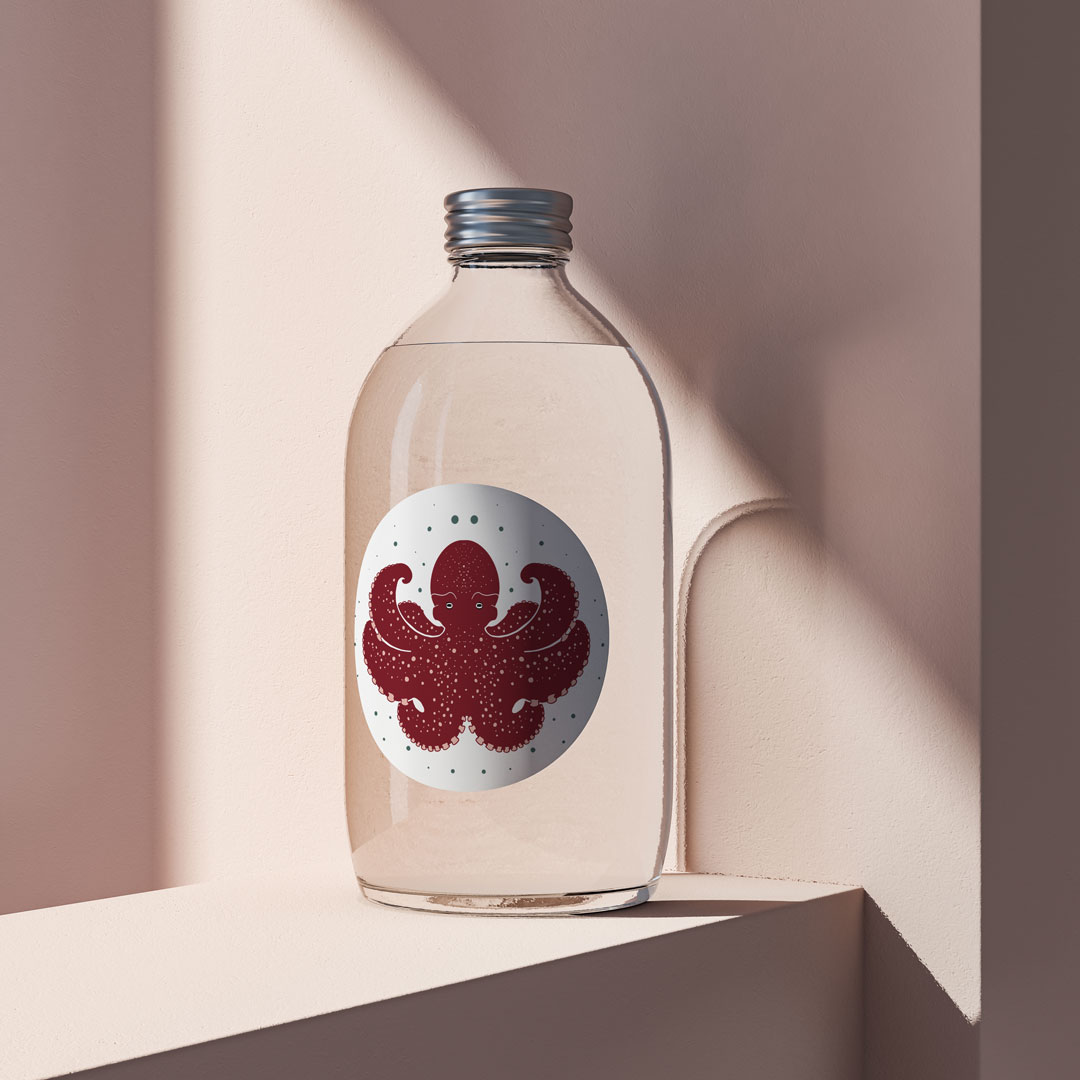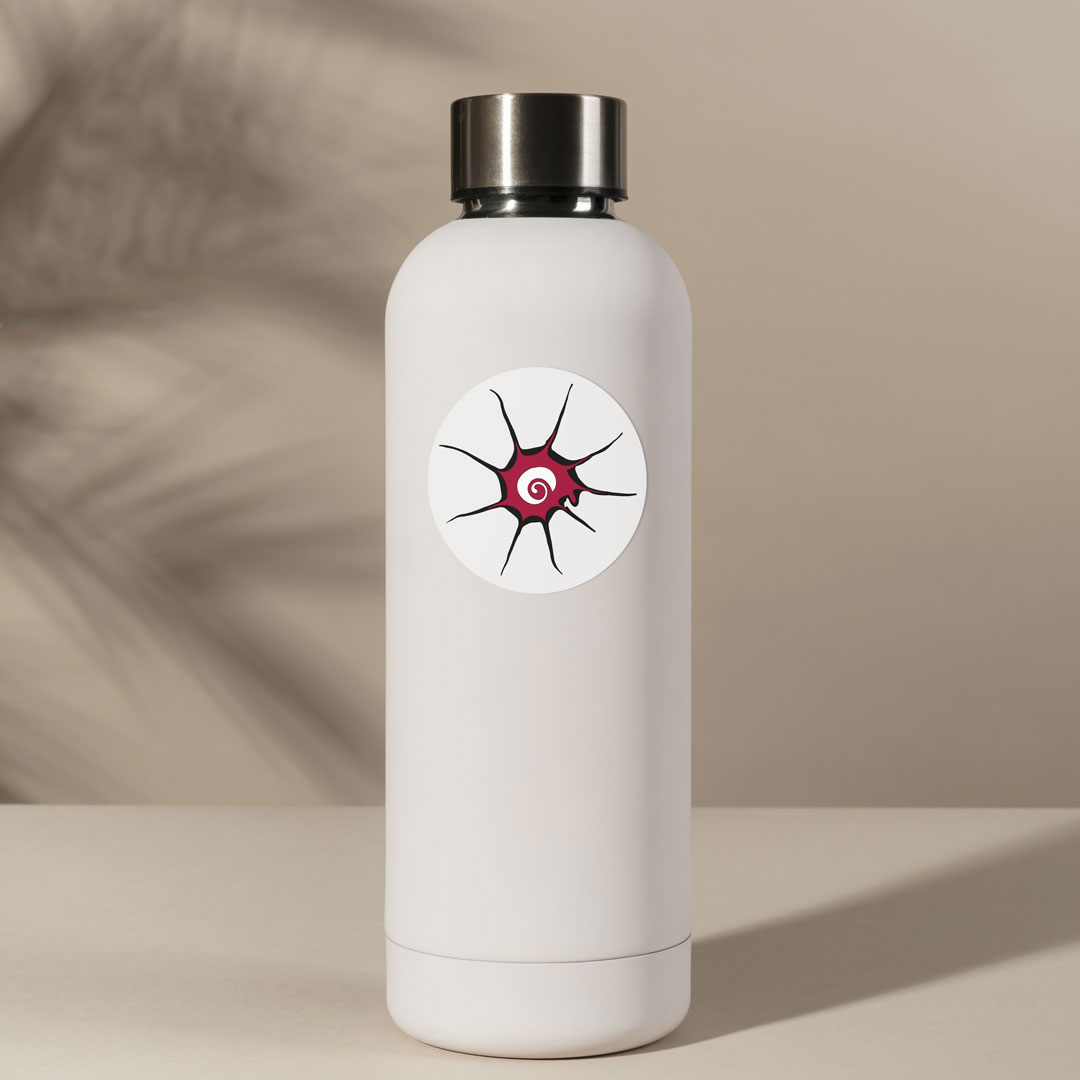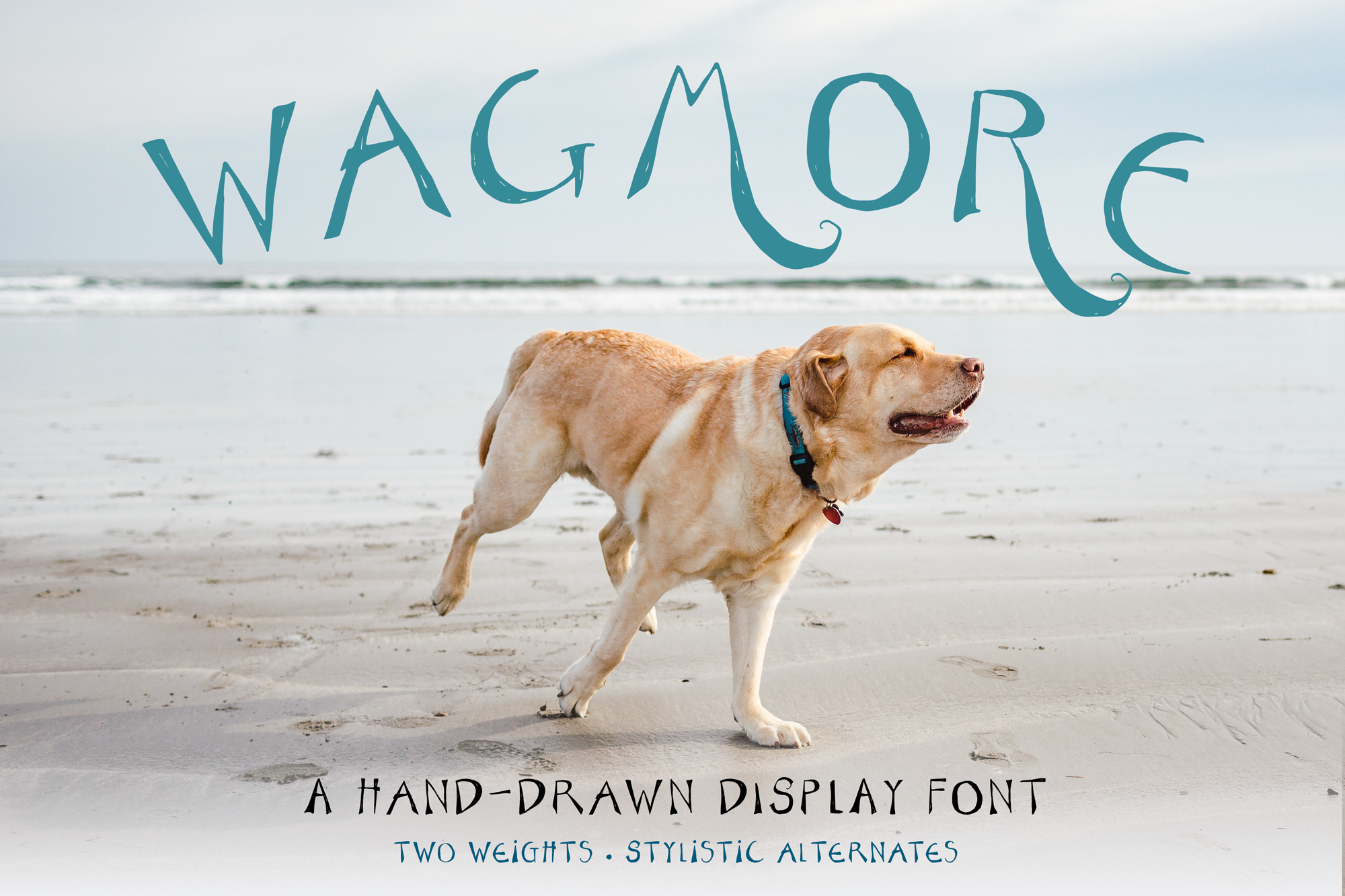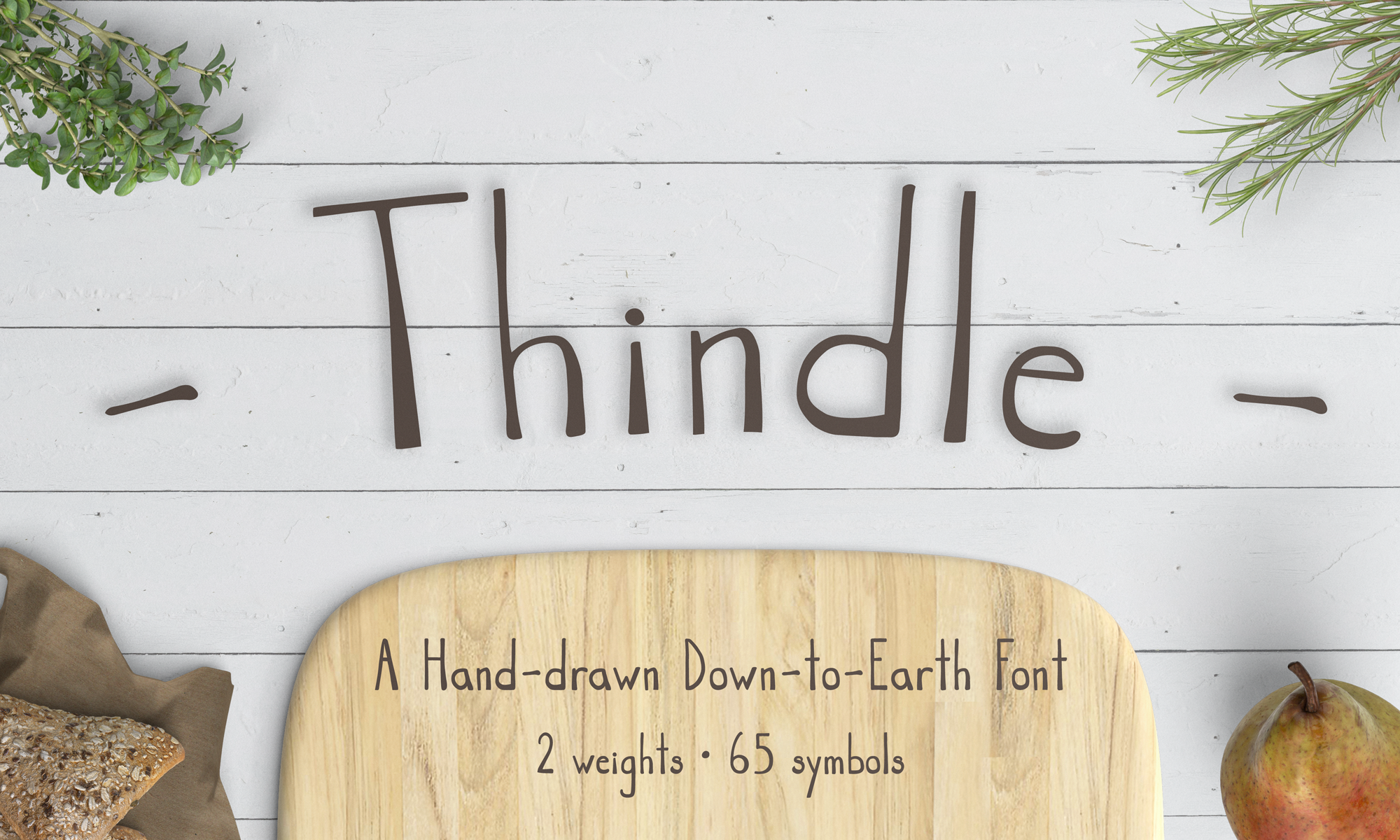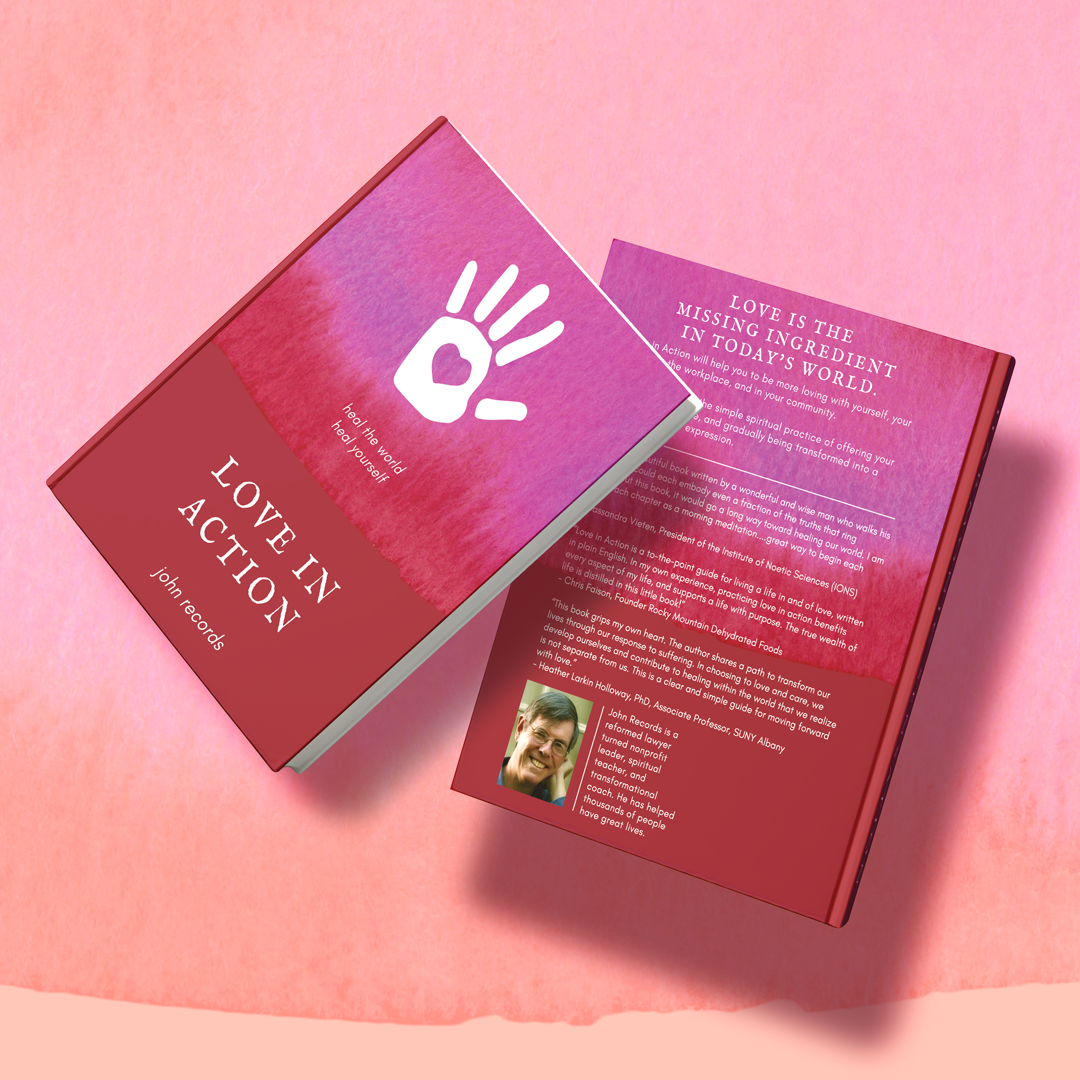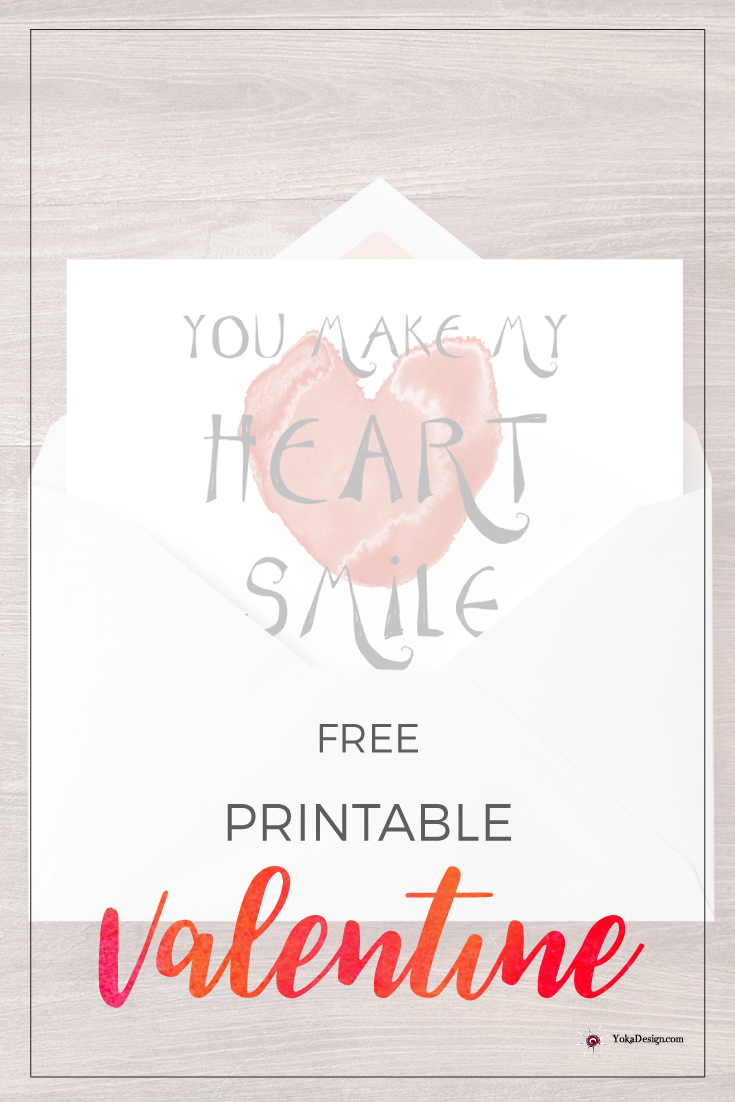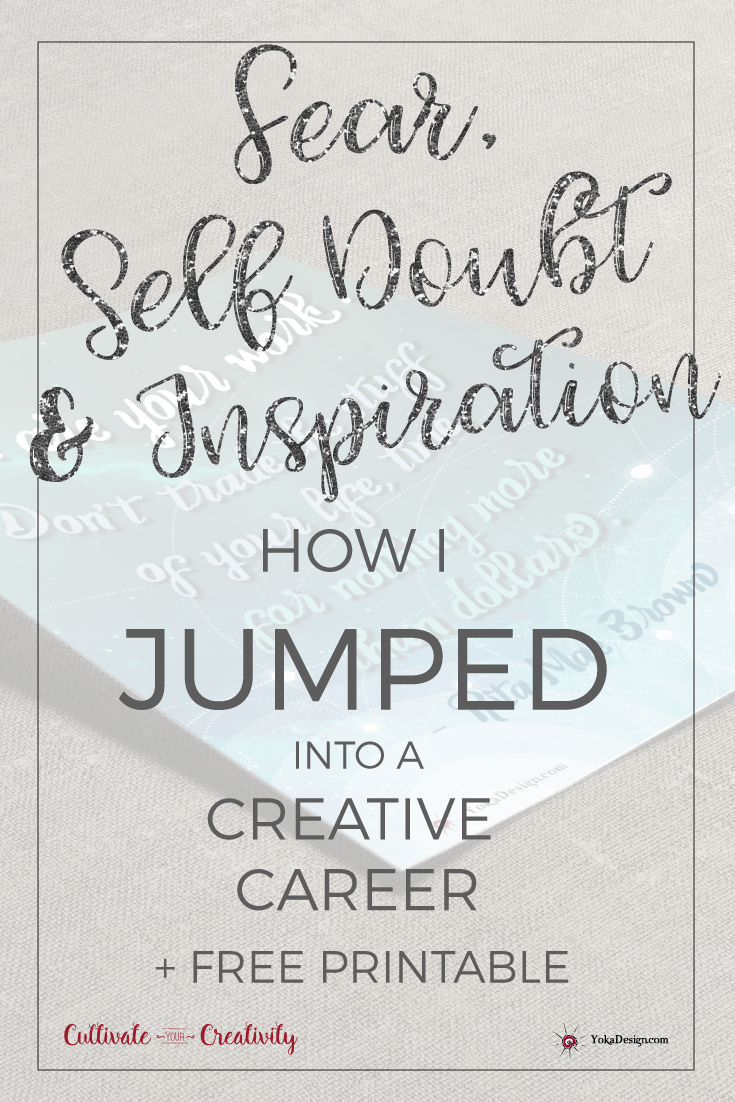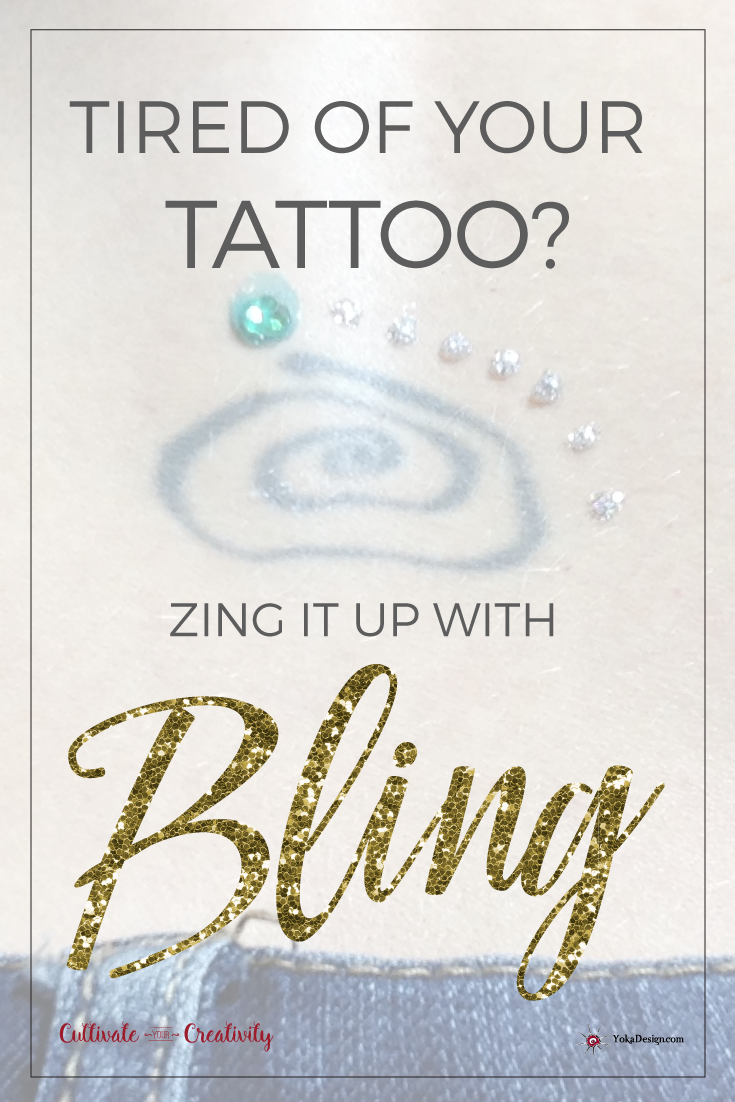Color’s influence on your energy and mood, on the other hand, is a bit more subtle: there is surprisingly little empirical research available on the psychology of color or chromotherapy. When exposed to certain colors, your mood may vary depending on your gender, your culture or other demographics, like age.
Lately I’ve been fascinated by how the site of certain color can change my mood or make my mouth water (so to speak). I wanted to share making water color swatches with you for that very reason. I’m developing my theory is that color is a personal experience. We may have some common responses, but we all have our own preferences.
What is Your Preference?
From what I can fathom from some recent reading, it turns out that hanging out in a room or entire environment with a color vs. having a smaller colored object affects us differently. Working in an environment with a bold, warm wall color (i.e. Red) reportedly causes more feelings of dysphoria than cooler tones. When presented with smaller amounts of color that aren’t on the walls or associated with specific shapes or objects, red is labeled as ‘exciting’ and ‘stimulating’, and cooler blues and greens are ‘secure’ and ‘tender.’
Businesses that use grey carpet and walls in their decor are not without taste– they are making strategic decisions to influence the temperament of their employees. Grey keeps us calm and passive and helps to mitigate outbursts that may otherwise erupt in a crowded workplace. Cool blue colors have the same effect, while warmer tones are said to ‘stimulate’ moods.
I gave my five-year-old daughter the option of picking colors for her room, with the caveat that I would provide a little guidance. Her first choices were a mid-tone purple and Pepto-Bismol pink. I told her if we painted her room bright pink I wouldn’t be able to hang out because it would probably make me barf. She took this to heart and we picked out a much lighter shade of pink that we can all live with.
This ‘whole environment‘ vs. ‘individual objects‘ aspect of coloring your environment is good to keep in mind when planning out your workspace or your day. Using objects or paper for small pops of color are beneficial because you can remove or change them depending on your mood and needs. They also provide a dose of color ‘therapy’, whereas if you are stuck in a room with walls that are a color that doesn’t work for you, it is oppressive (and probably even nauseating).
Playdate: What is Your Color Mood?
Here comes the fun part: A quick quiz and some color advice, depending on your mood and motives. Check out the link below and pick YOUR preference (Ah, and look at some pretty colors, while you’re at it!).
The Recap
- Colors influence our moods and the decisions we make. You’ve tried aromatherapy? How about some chromotherapy?
- Don’t paint your walls Pepto-Bismol pink if you are thinking of having me over. You might be cleaning up my vomit.
- Though it hasn’t been studied much, color psychology is used every day to influence. Check out this awesome article to learn more.
What did you Find?
Don’t forget to post in the comments about your color preference and any thoughts on using color to influence others.
P.S. Have you subscribed yet? Follow along and get weekly creative break ideas along with some fantastic freebies!





